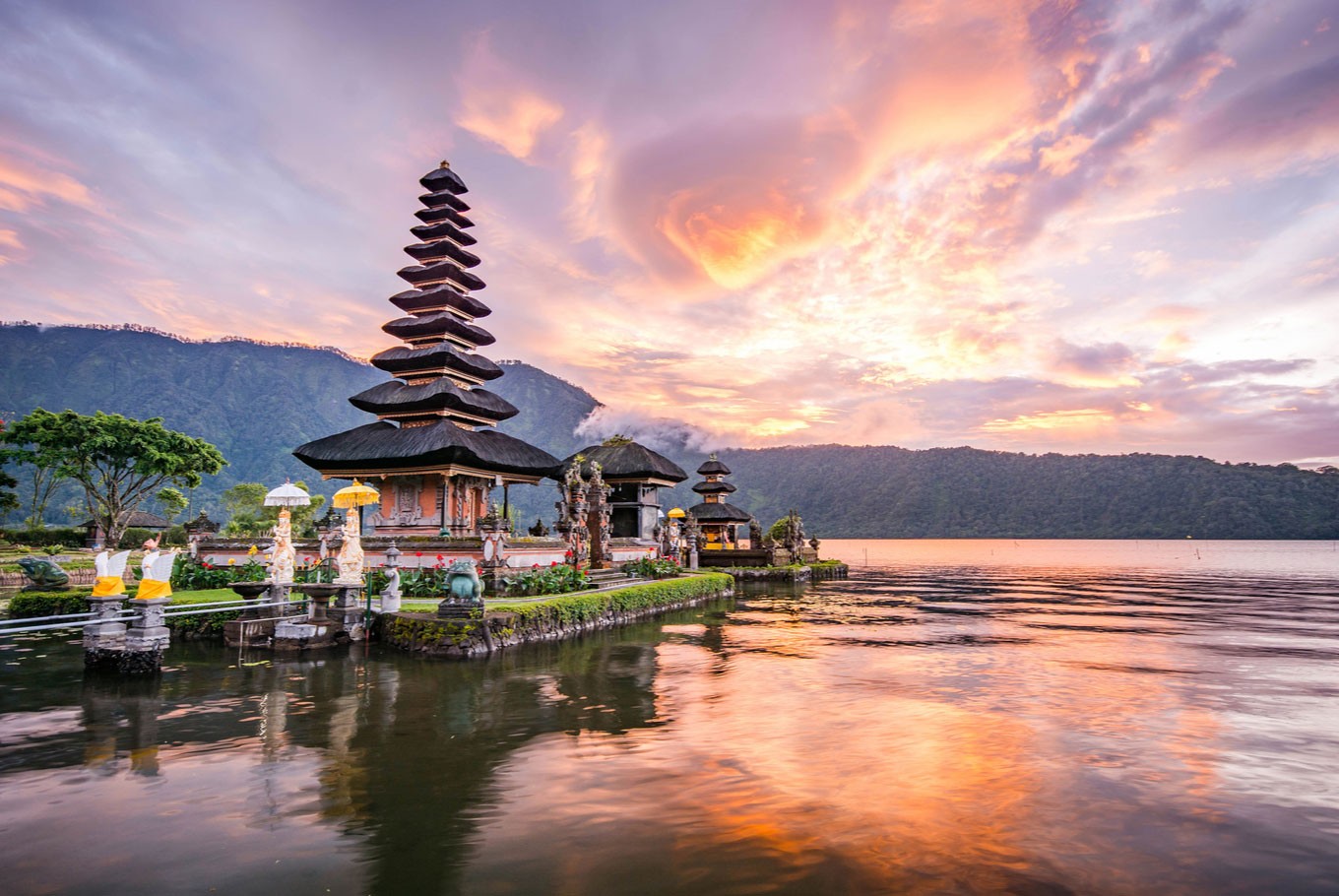Popular Reads
Top Results
Can't find what you're looking for?
View all search resultsPopular Reads
Top Results
Can't find what you're looking for?
View all search resultsThings you should know before visiting temples in Bali
Planning to visit a Balinese temple any time soon? Here are two key things you should be aware of.
Change text size
Gift Premium Articles
to Anyone
V
isiting places of worship is a popular activity for tourists from around the world, with foreign and local tourists alike regularly flocking to Bali’s Hindu pura (temples).
However, as holy sites, there are certain rules one must obey when visiting. Being respectful is one rule recently violated by Czech national Zdenek Slouka, who was caught on video using holy water flowing from a pelinggih (altar) at Ubud's Pura Beji, also known as the Holy Bathing Temple, to splash the bottom of his girlfriend, also a Czech tourist, Sabina Dolezalova.
Read also: Czech couple pray in cleansing ritual after Bali temple antics
Planning a visit to Bali’s pura any time soon? Here are two key things you should be aware of, as shared by I Gede Pitana, a professor at Bali's Udayana University, to KompasTravel:
1. Temples are divided into three parts
The first part is Hutama Mandala, also known as the middle part or yard. Only those who want to pray are allowed to visit this section, which also hosts a variety of sacred artworks, statues and symbols of Hindu deities that are a manifestation of God in Balinese Hinduism.
The next section is Madya Mandala, where semi-sacred art is kept, such as puppets, masks and barong (lion). Cooking for temple purposes is usually done in this area as well. Similar to Hutama Mandala, only those who want to pray are allowed to enter Madya Mandala.
Next is the outermost part of the temple, namely Nista Mandala. Everyone can visit this section, including those who do not intend to pray, such as tourists. However, there are still some special rules that apply to people visiting Nista Mandala.
2. Special rules for temple visitors
According to Pitana, the first rule for those who want to visit a pura is they must not be “dirty”, known as cuntaka in the Balinese language.
Cuntaka refers to women who are on their period, people who have recently had a family member pass away or people who are bleeding because of childbirth or wounds.
Another rule is to wear modest, non-revealing clothing and to style your hair properly to not be considered as disheveled.
"Actually, at every temple in Bali you can rent Balinese cloth and a shawl. For men, as long as you are wearing trousers it's okay to only wear a shawl," Pitana said.
Another important rule is to maintain proper manners and conversation, as pura are places of worship.
“Cultural heritage must be preserved physically and spiritually; there are ethical guidelines for cultural tourism compiled by the UNWTO. There needs to be a shared awareness to protect it," Pitana added. (ran/kes)







